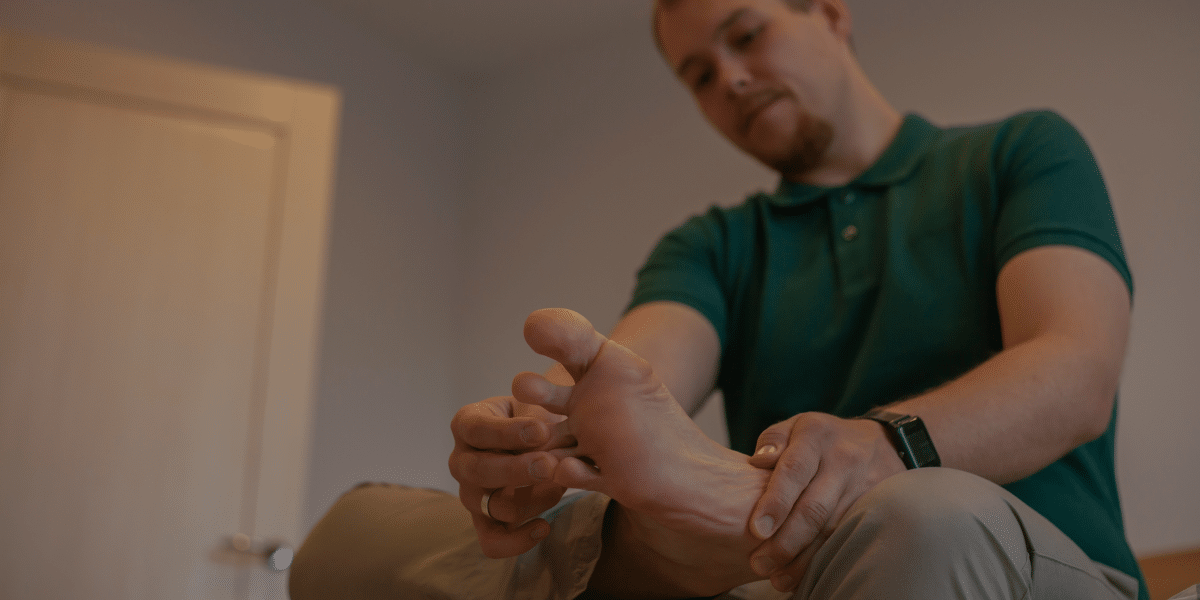Bunions can be a real pain—and not just in the figurative sense. They are a common foot ailment that affects many people and can significantly impact one’s quality of life. If you’re suffering from bunions, you’re not alone. Fortunately, there are treatments and prevention strategies available to relieve discomfort and maintain foot health. This article will explore what bunions are, how they develop, and how you can manage them.
What Are Bunions?
A bunion is a bony bump that forms at the joint at the base of your big toe. This occurs when some of the bones in the front part of your foot move out of place. This causes the tip of your big toe to get pulled toward the smaller toes, forcing the joint at the base of the big toe to stick out. Over time, the bunion can worsen, causing pain and discomfort, especially when wearing shoes.
Causes and Risk Factors
Bunions can develop for various reasons, including:
- Genetics: If your parents had bunions, there’s a higher chance you might develop them too.
- Footwear: Shoes that are too tight, too narrow, or have high heels can contribute to the formation of bunions.
- Medical Conditions: Conditions such as arthritis can increase the risk of developing bunions.
- Foot Stress and Injuries: Stress on your feet from activities or injuries can also contribute to bunion development.
Common Treatments for Bunions
While severe bunions may require surgical intervention, there are non-surgical treatments and lifestyle changes that can help relieve pain and prevent bunions from worsening. Here are some common strategies:
1. Choose Proper Footwear
Wearing shoes that fit properly is crucial. Opt for shoes with wide toe boxes, good arch support, and low heels. Avoid shoes that are too tight, pointy, or high-heeled.
2. Use Orthotic Devices
Custom orthotic devices or shoe inserts can help redistribute pressure on your feet, providing relief and preventing further aggravation of the bunion.
3. Apply Cold Compresses and Take Pain Relievers
If you’re experiencing bunion pain, applying ice packs can reduce swelling. Over-the-counter pain relievers like ibuprofen can also help alleviate discomfort.
4. Perform Foot Exercises
Exercises that strengthen the muscles around the bunion can help relieve symptoms. Stretching exercises for your toes can improve flexibility and reduce tension.
5. Consider Bunion Pads or Splints
Bunion pads or splints can cushion the bunion and reduce friction against shoes, offering relief from pain.
6. Consult with a Podiatrist
If your bunion pain persists or worsens, consult with a podiatrist for a professional assessment and personalized treatment plan.
Prevention Strategies
Preventing bunions involves making conscious footwear choices and taking care of your feet. Here’s what you can do:
- Regularly Check Your Feet: Monitor any changes in your foot structure and seek medical advice if needed.
- Wear Comfortable Shoes: Prioritize comfort and fit over style to protect your feet.
- Maintain a Healthy Weight: Reducing the amount of stress and pressure on your feet by maintaining a healthy weight can be beneficial.
- Stay Active: Engage in regular physical activity to keep your feet strong and healthy.
Understanding Bunion Surgery Recovery Time
In cases where surgery is necessary, recovery varies depending on the procedure and the individual. Generally, bunion surgery recovery time can range from six weeks to several months. During this period, it’s essential to follow your doctor’s guidelines, attend follow-up appointments, and engage in recommended physical therapy for optimal recovery.
Conclusion
Bunions can significantly impact your daily life, but with the right treatments and preventive measures, you can manage and alleviate the discomfort. By making informed choices about footwear, using orthotic aids, and consulting healthcare professionals, you can take proactive steps toward maintaining foot health.
If you’re experiencing persistent bunion pain, seeking expert medical advice is crucial. Don’t hesitate to reach out to a healthcare professional to explore tailored treatment options that work best for you.
Stay informed, take action, and step into a life with healthier, happier feet.
Disclaimer: The information provided in this article is for general informational purposes only and is not intended as medical advice. Readers should consult a qualified healthcare professional before making any health-related decisions. The contents of this article should not be used as a substitute for professional medical advice, diagnosis, or treatment.
Published by: Martin De Juan



















